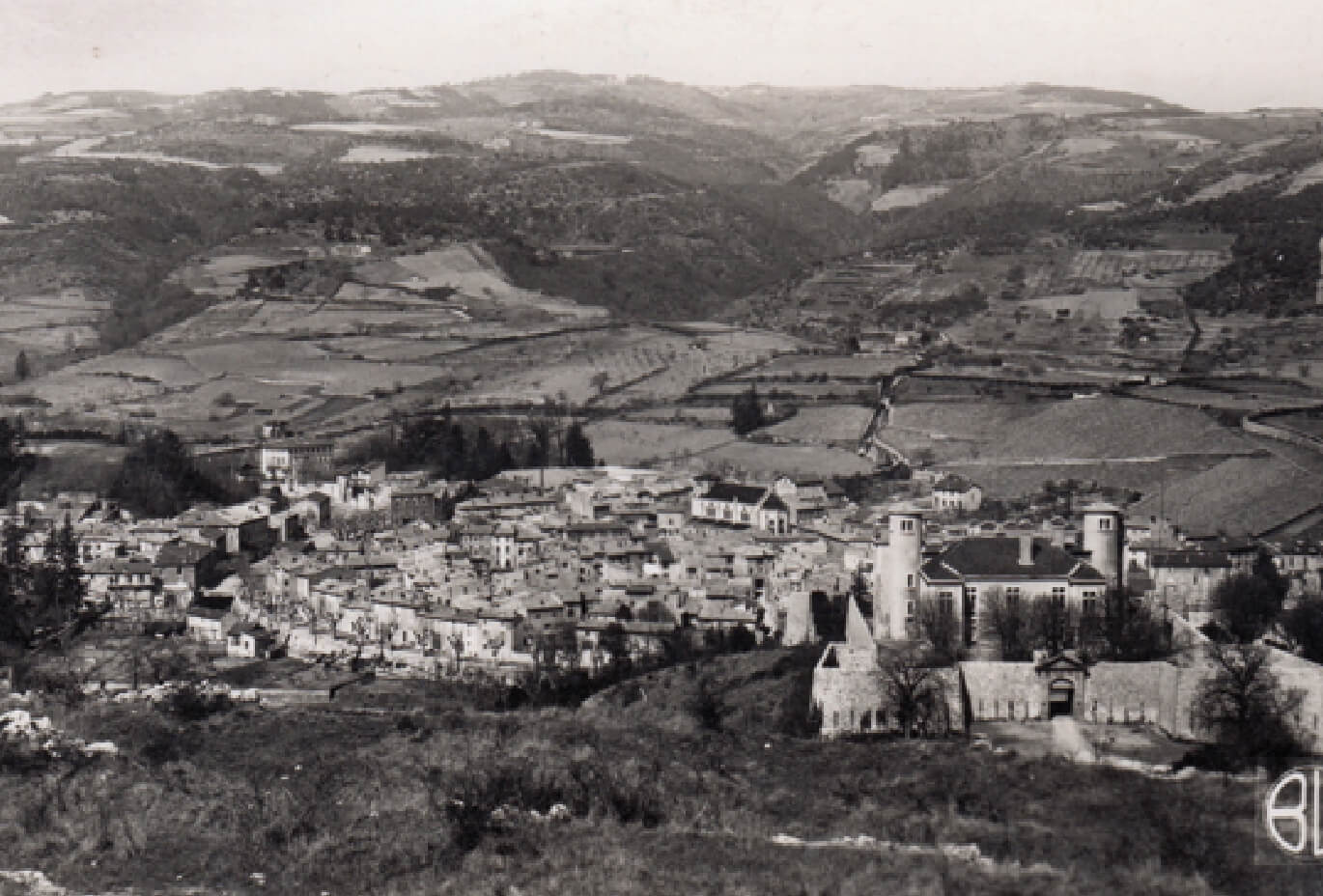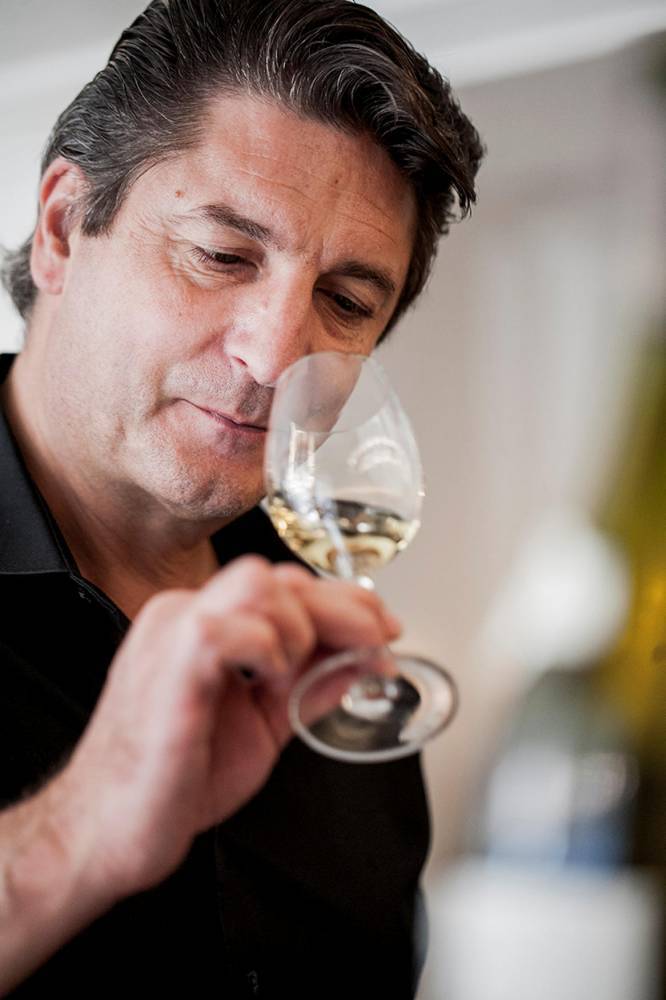AOC SAINT-PÉRAY,
since 1936
The history of the Saint-Péray vineyard, like that of Cornas and the other Rhone Valley terroirs, dates back to the Gallo-Roman era.
The hills, presence of water and the richness of the soil had already convinced the winegrowers of those times! But it was in the 15th century that Saint-Péray really found its identity when the villagers left the castle grounds of the Château de Crussol and settled in the Le Mialan river valley. It was then that it found its place on the table of the Kings of France.
In 1826, Saint-Péray set itself apart: in addition to a still wine it also became a sparkling wine, thanks to Alexandre Faure, and became popular in royal circles and with the artists of the day.
In 1936, it became one of the first 9 appellations of controlled origin (AOC) and swung between the popularity of its bubbly and still wines. The 21st century saw it assert itself and its history, the return to favour of sparkling wine and the consecration of the great wines of excellence of the appellation which has acquired the status of AOP (or PDO: protected designation of origin).
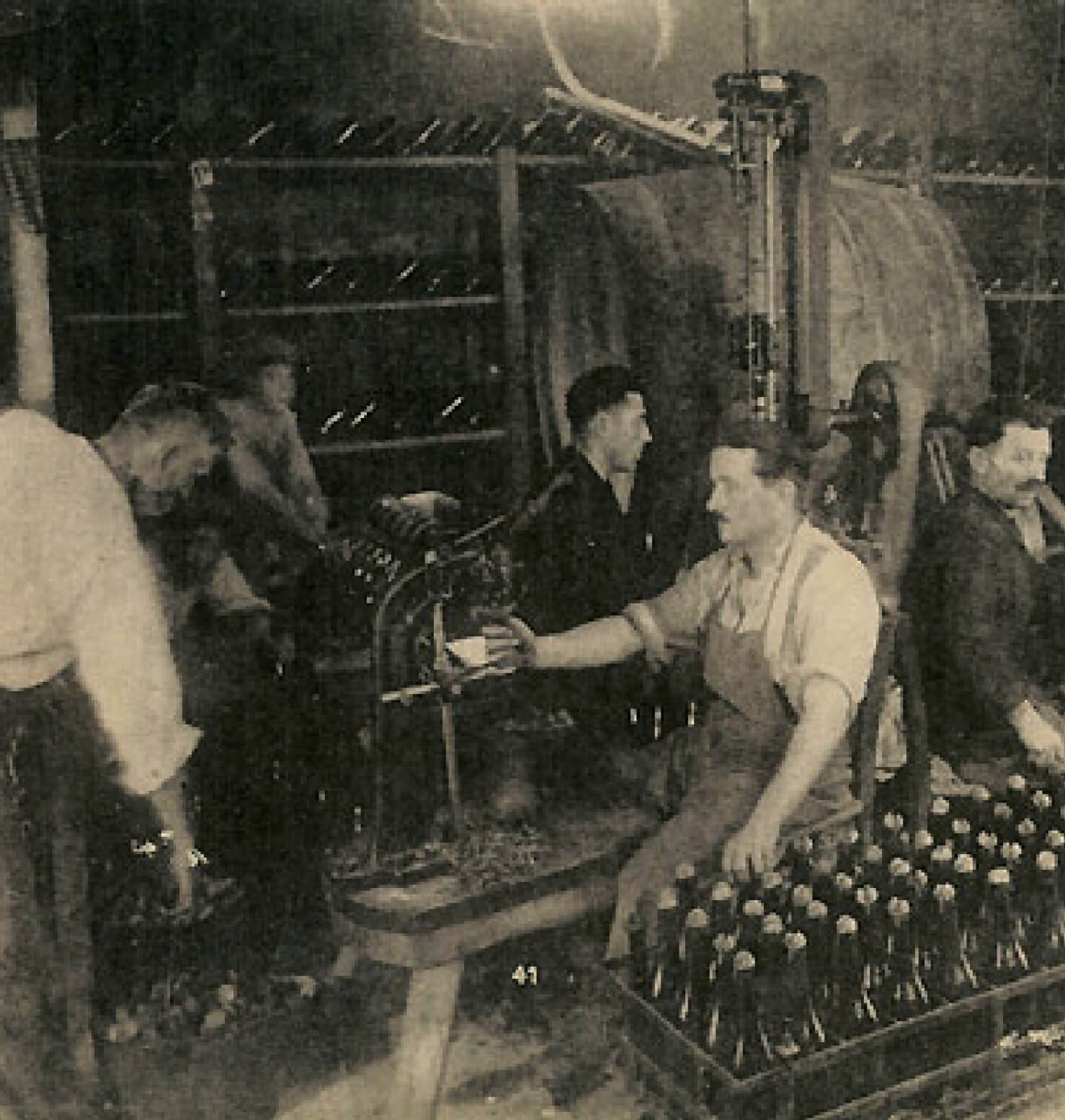
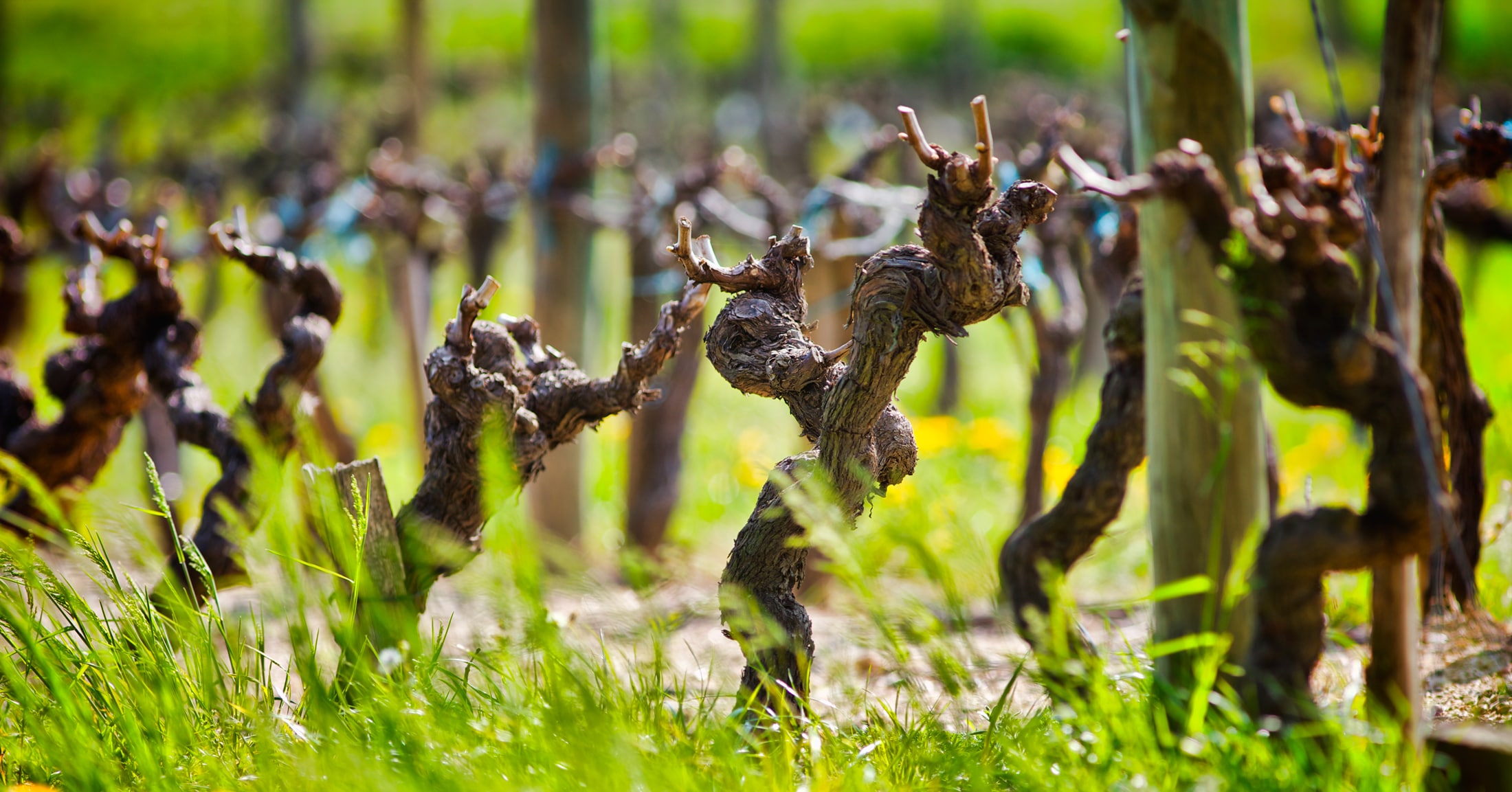
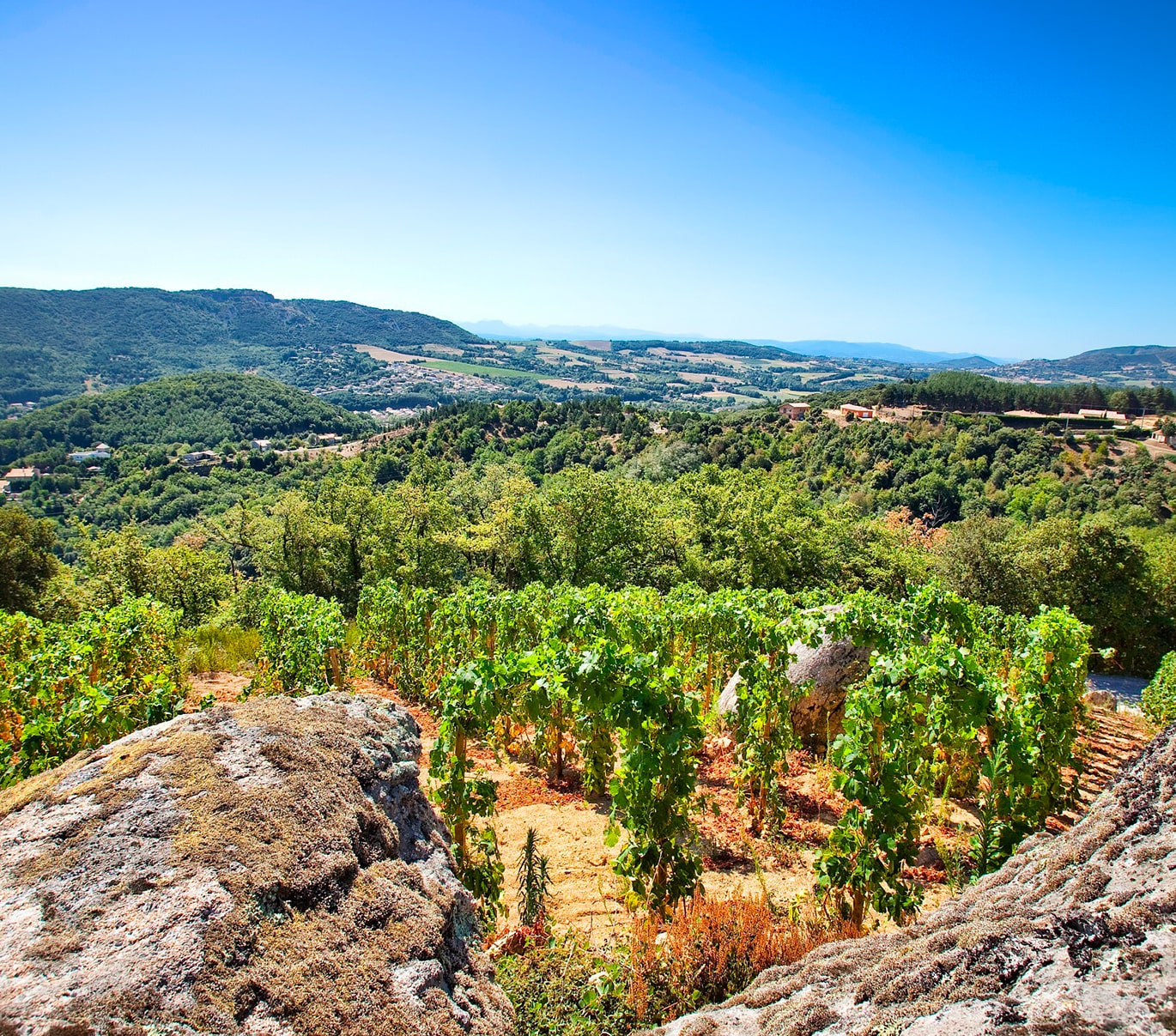
Terroir
The juxtaposition of geological formations of different natures and ages is at the origin of an extraordinary geodiversity that gives Saint-Péray's vineyards their complexity.
300 million years ago, in the Primary era, the granitic rock of the Massif central mountain range formed which gives the soil its touch of silica. In the Secondary era, the Alpine ocean covered the southeast of France. The mountain of Crussol exposed its Jurassic limestone which contributed to adding calcium in the terroir.
Then, in the Tertiary era, the last seas engulfed the future Rhone Valley and surrounded the mountain of Crussol, which became an island. These marine deposits played a big part in giving the soil its clay-limestone composition.
Finally, in the Quaternary era, following the glaciations, fine particles carried by the wind settled in places to form layers of loess. As if to further improve the diversity of the soil, the Rhone River deposited all types of alluvium coming from the Alps.
So, in turn, magma, seas, glaciations and the river have facetted this exceptional land.
To sum up, the four geological eras joined forces, as if to each bring its originality and give this terroir of Saint-Péray its totally unique character.
Varietals
Saint-Péray is made from two grape varieties, Marsanne and Roussanne.
A double maternity which casts no doubt on the origins of the appellation: a pure product of Ardèche, to which each varietal offers its aromas. The diversity of the blends, or the choice of a single varietal, create an infinity of subtleties for rich and varied tasting experiences and food and wine pairings.
Marsanne comes from a robust vine, with a late budburst, which is harvested around mid-September. The vine shoots are quite long, which makes trellising essential. The varietal grows in the less fertile hillside soils and appreciates the warm, stony soils of the northern Rhone Valley.
Marsanne brings a generous aromatic palette to the Saint-Péray wines. It can offer aromas of dried apricot, acacia, beeswax, quince, spices, dried fruit (almond, hazelnut and walnut), fresh lychee, honey, white peach, cooked apple, liquorice, violet, citrus fruits, and more.
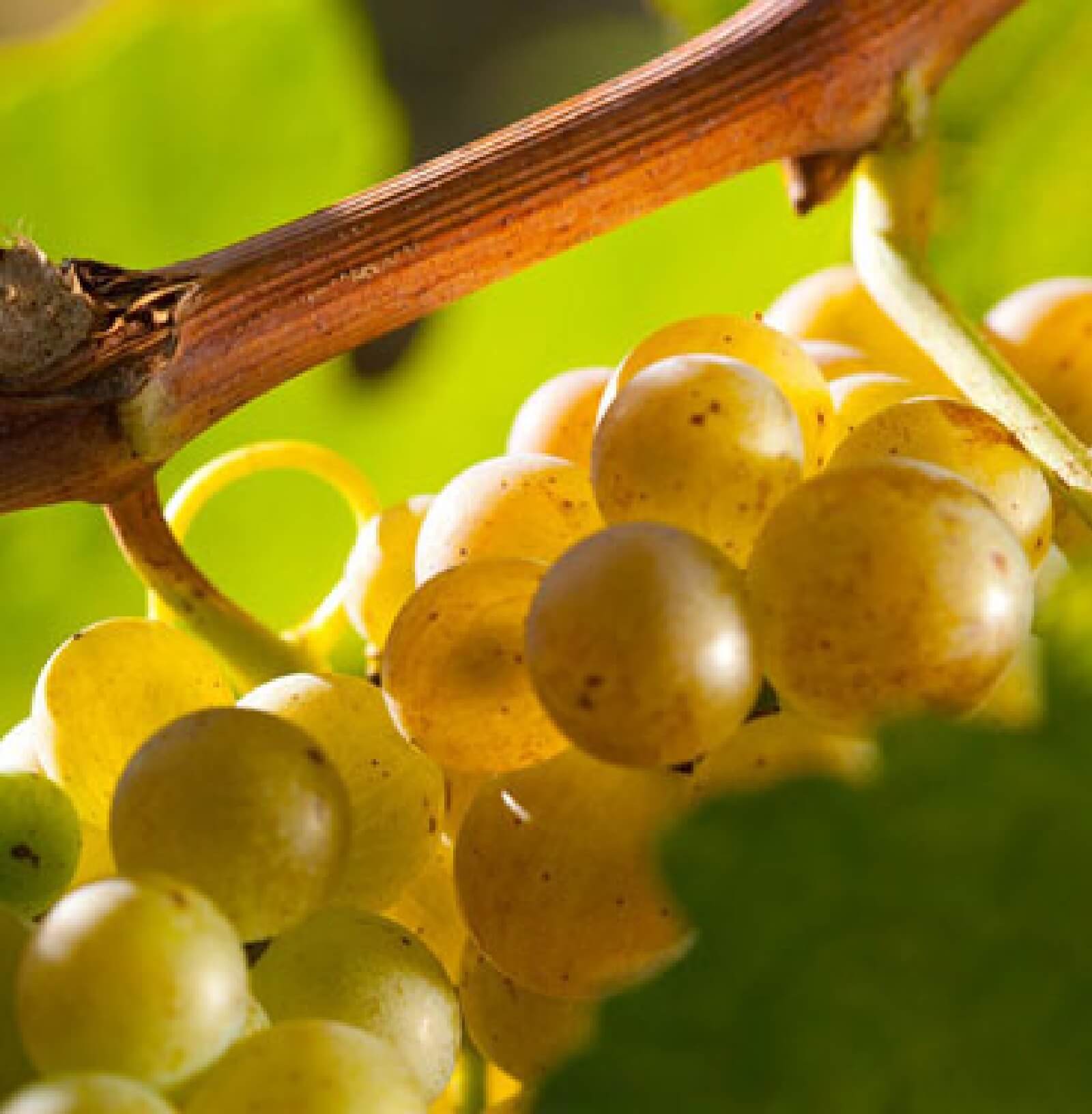
Roussanne is a vine of average robustness, which also requires trellising for various reasons (ripening, aeration of the grapes). It appreciates the lean and arid soils of the hillsides or stony, loamy, calcareous soils. The delicate nature of this varietal means that it requires careful tending.
Roussanne is a noble varietal which produces fine wines of very great quality, with a beautiful and recognisable straw-yellow colour and a remarkable bouquet characterised by apricot, hawthorn, green coffee, honeysuckle, honey and also a floral side (subtle narcissus, iris). It is a superb base for great wines for laying down.
Tasting
Testimonial
Gérard MARGEON – Sommelier
I’ve always had a particular passion for 2 appellations: Saint-Péray and Cornas
Maxime Lemaux – restaurant Le Barravel
I find that Saint-Péray wines represent the elegance and finesse of Rhone Valley wines
Specifications
The implementing decree of the Saint-Péray appellation, which sets the framework for the production of still and sparkling Saint-Péray wines, dates back to 8 December 1936, repealed by the decree of November 2011.
It sets down rigorous specifications, which limit the area of the appellation to the communes of Saint-Péray and Toulaud (a potential 1200 ha), and to the two varietals of Marsanne and Roussanne.
Key facts
The birth of sparkling wine
AOC saint-péray
HECTARES SMALLEST RHÔNE APPELLATION
MARSANNE AND ROUSSANNE VARIETIES
ISSUERS ON THE MARKET
History
A history of over 200 years which is being written on the hillsides of the northern Rhone Valley… 200 years of passion shared between royal courts, literary tributes, popular songs, and today on the tables of wine lovers and respected chefs alike.
